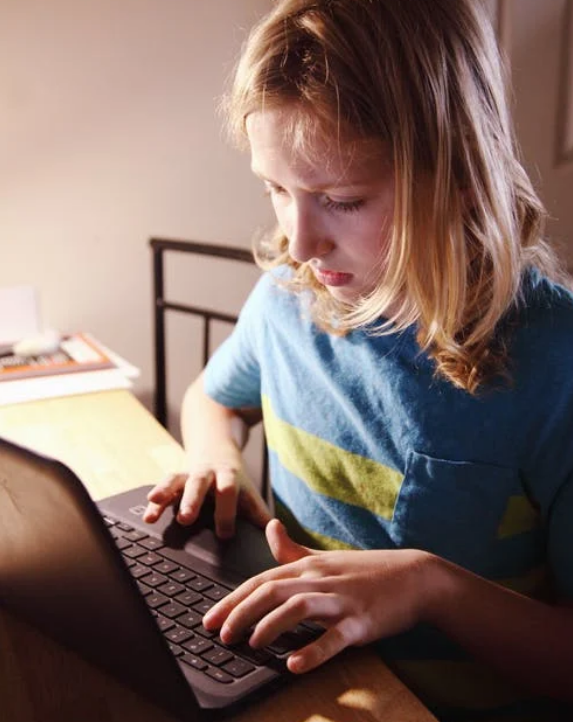Primary Times - the definitive what’s on and where to go family guide of activities and events for children of primary school age. Things to do with your kids during the school holidays including arts and craft activities, music and theatre for children, parties, competitions, days out, and family attractions along with term time drama schools, dance classes, after school clubs and sports activities. Things to do at a place near you!
Five tips on how to stop your kids from getting restless due to homeschooling fatigue
 Take their workspace to another room
Take their workspace to another room
If you’ve been using the same area to work in, you children may positively embrace a change of scenery and therefore a change in mindset if you are in a position to set up their workspace somewhere else in the house. If you can, get outside whilst the weather is good. Outdoor learning is so engaging and such a pleasant atmosphere.
Start learning with a warm up activity
If your children are starting to feel fatigued by the prospect of learning at home, away from their teacher and their school friends, they may find it difficult to focus on work. Introduce a warm up activity/puzzle/brainteaser/game to help channel their focus before getting to the heart of their work. If you have more than one child, you could allow your children to take it in turns to run the warm ups to give them a sense of responsibility.
Vary the different teaching techniques and activities
Your kids may require variety now more than ever in the homeschooling activities to retain their attention and keep up motivation. It could help them to have a mixture of resource types to work with from websites, outdoor learning, reading, writing and listening activities incorporated into their education. Some things may be better taught in a kinaesthetic way e.g. weights and measures, whilst others would benefit from visual learning e.g. flags of different countries.
To improve the variety, it can be useful to look outside of your home for support. Some ideas include: finding plays that have been live streamed, educational documentaries, walking in the garden/local park and examining animals, trees and flowers, or opt for an at-home one-to-one tuition service like Explore at Home. A new voice and approach can break up the learning process and give your child a fresh perspective.
Balance core subjects with creative tasks and life lessons
While the core lessons like English and maths are integral to your children’s education, it’s important to remember the benefits of the creative arts too. Even though an art lesson taking place on the kitchen table may fill you with dread, a simple activity involving pencils or pens may allow your children to release their creative energy and will in turn have a positive impact on the subjects that may involve more logical or lateral thinking.
To avoid mess, you could use Lego or toys with which they can build something; at the end, the activity can be quickly put away. Allow your children to choose the creative activity so they feel they have a say in their learning.
Give your children more breaks and time for drinks/snacks
As the weeks go on, homeschooling may become more difficult for children, so accept that your formal learning time may become shorter and their playtime/drink breaks may need to be longer and more frequent. Regular snack breaks will also keep their energy up. If you have access to a garden make sure the children are outside during these breaks. Or get active for five minutes with some star jumps or free style dance. Even if you end up with slightly less ‘lesson time’ overall as a result, the time your children do spend learning is likely to be better quality as they will be less restless.
By Charlotte Gater, Head of Curriculum at Explore Learning




